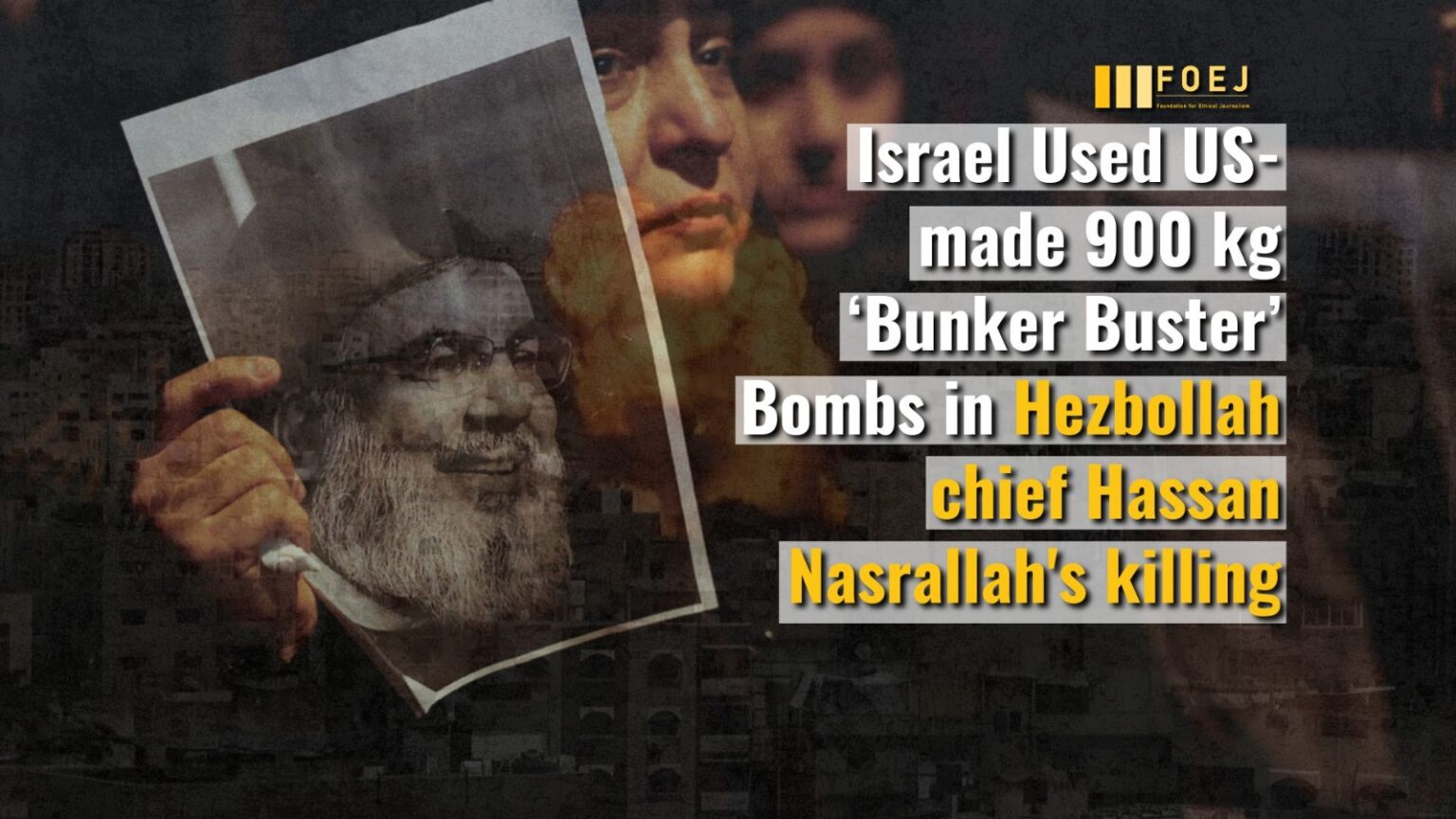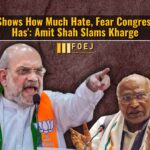In a new update on Hezbollah chief Hassan Nasraallah killing it has been reported by Reuters that the bombs used by Israel in the airstrike carried out in Beirut were American made guided weapons.
According to Mark Kelly, chair of the Senate Armed Services Airland Subcommittee, 2,000-lb (900-kg) Mark 84 series bombs, popularly known as bunker-busters, pounded Hezbollah headquarters last week.
“We see more use of guided munitions, JDAMs, and we continue to provide those weapons…That 2,000-pound bomb that was used, that’s a Mark 84 series bomb, to take out Nasrallah,” he said, as quoted by Reuters.
US Army Supplies
The US, a long-time ally of Israel, has been its biggest arms supplier – especially since the Israel-Hamas war began after the October 7
However, Israel reportedly had not warned them of the airstrike that killed Nasrallah in Beirut. According to the White House US President Joe Biden only found out about it after the Israeli planes were already in the air.
7 Hezbollah Commanders Killed in a Week
The Israel Defence Forces IDF had earlier launched strikes on Lebanon, killing at least seven Hezbollah commanders in a week’s time. Ahead of Nasrallah’s death in an Israeli airstrike in Beirut, the Iran backed military group also confirmed the killing of Nabil Kaouk, the deputy head of Hezbollah’s Central Council. The group also said that another senior commander, Ali Karaki, died in the attack.
Other Hezbollah commanders who died in the attacks are – Ibrahim Akil, Ahmad Wehbe, Mohammad Surour, and Ibrahim Kobeissi.
Israel Airstrike in Lebanon
Israel continues its airstrikes in Lebanon on Sunday, killing over 100 people in a day. In a new update it opened another front as it bombed Houthi targets in Yemen amid fears of a wider conflagration in the Middle East. According to Lebanon’s health ministry, 105 people were killed and 359 wounded because of Israel’s attack on Sunday.
Top updates on the Israel Airstrike on Lebanon
- Lebanon’s health ministry reported deadly airstrikes near Sidon, a major city in the south, on Sunday. Dozens of casualties were reported in the east, south, and in and around Beirut. Meanwhile, France’s foreign ministry confirmed the death of a second French national in Lebanon.
- On Monday, witnesses reported that Israel struck central Beirut for the first time since the Gaza war began last year. The airstrike hit a multi-story residential building, with videos showing ambulances and a crowd gathered at the site, indicating that an apartment was the target. Previously, Israel had focused on southern Beirut, where the Lebanese militant group is strongly positioned.
- On Sunday, Israel killed Nabil Kaouk, the deputy head of Hezbollah’s Central Council, which the group confirmed. He was the seventh senior Hezbollah leader killed within a week. The group also reported that another senior commander, Ali Karaki, died in Friday’s strike that killed Nasrallah.
- Lebanese media reported dozens of strikes in the central, eastern, and western Bekaa regions, alleging that Israel targeted buildings housing civilians. The health ministry stated that at least 14 medics were killed over two days in the south.
- Hezbollah has escalated its attacks over the past week in response to Israeli hostilities, resulting in injuries and property damage. However, most of the rockets were intercepted by Israel’s defense systems.
Iran spy helped Israel in killing Hezbollah chief Hassan Nasrallah
More details about the attack have now been revealed, with a report claiming that Israel got the terrorist’s location following a tip-off from an Iranian spy. As per the reports, the undercover agent informed Israeli officials about Nasrallah’s presence at Hezbollah’s underground headquarters in the southern suburbs of Beirut.
According to a report in a French Newspaper, Nasrallah was attending a meeting with senior members of the militant group at a complex comprising six buildings located in Dahieh, a densely populated area known for its support of Hezbollah.
The information was reportedly received by Israeli officials on Saturday afternoon, just hours before the airstrike emerged. At approximately 1.30 PM IST (11 am Lebanon time), Israel Defense Forces (IDF) announced on social media platform X that Nasrallah had been killed, declaring that he would “no longer be able to terrorize the world.”









